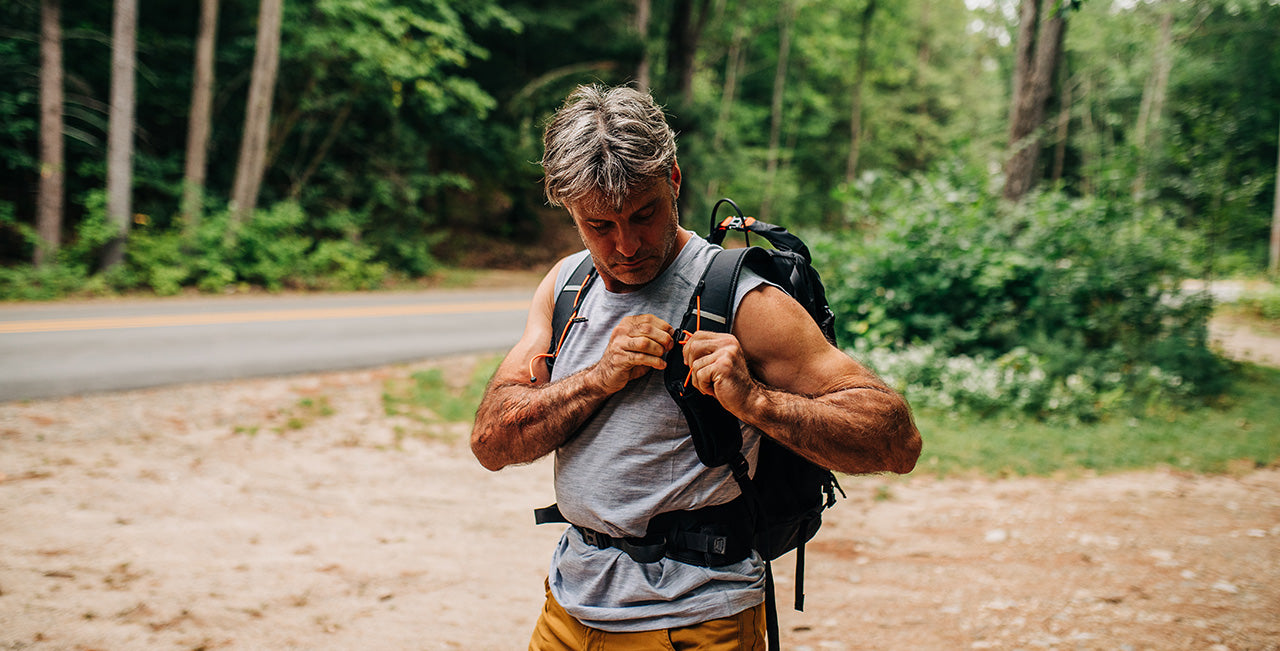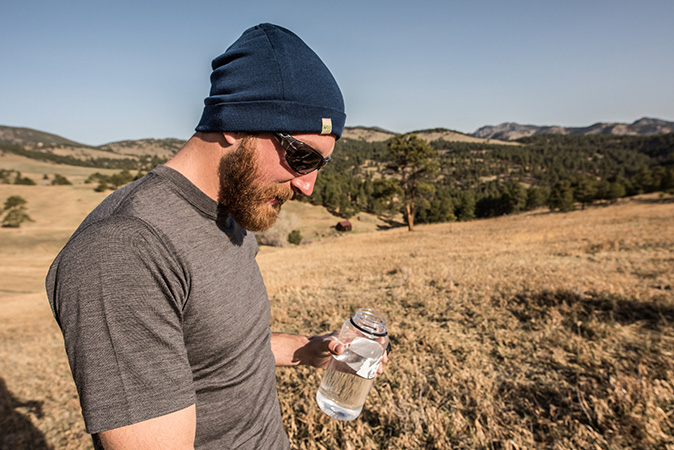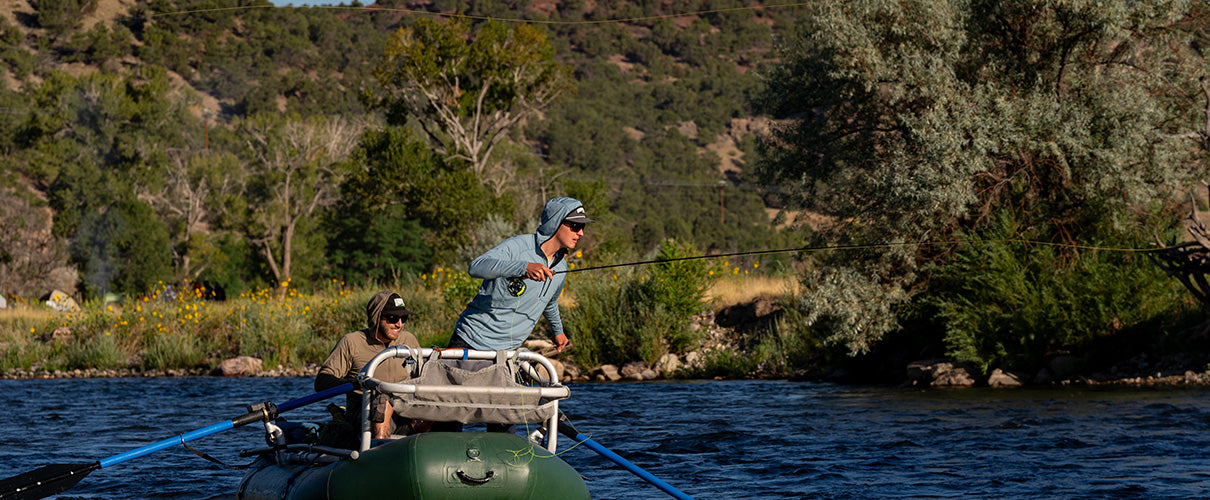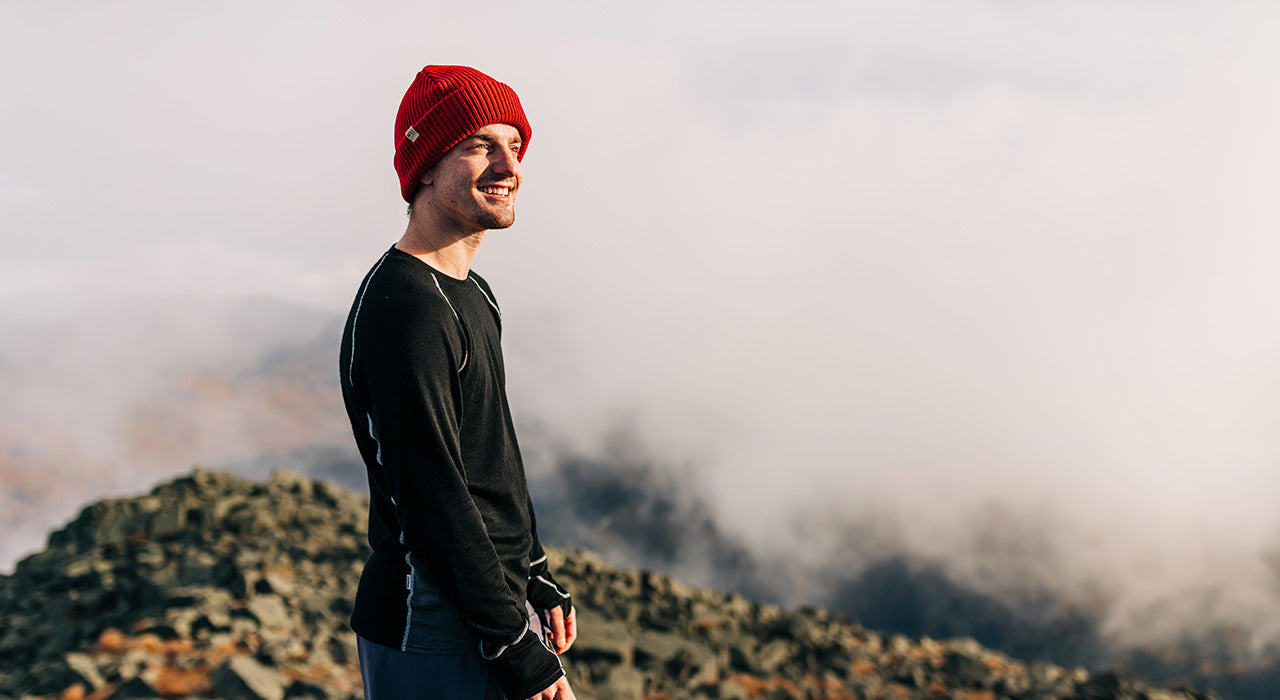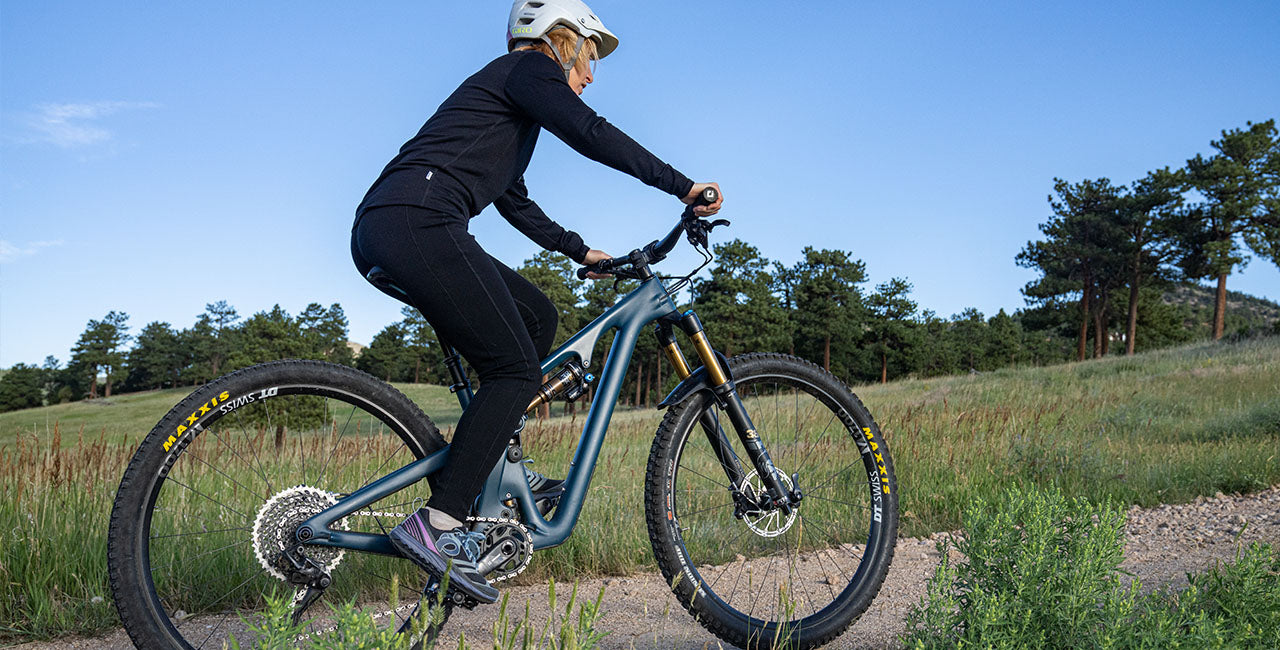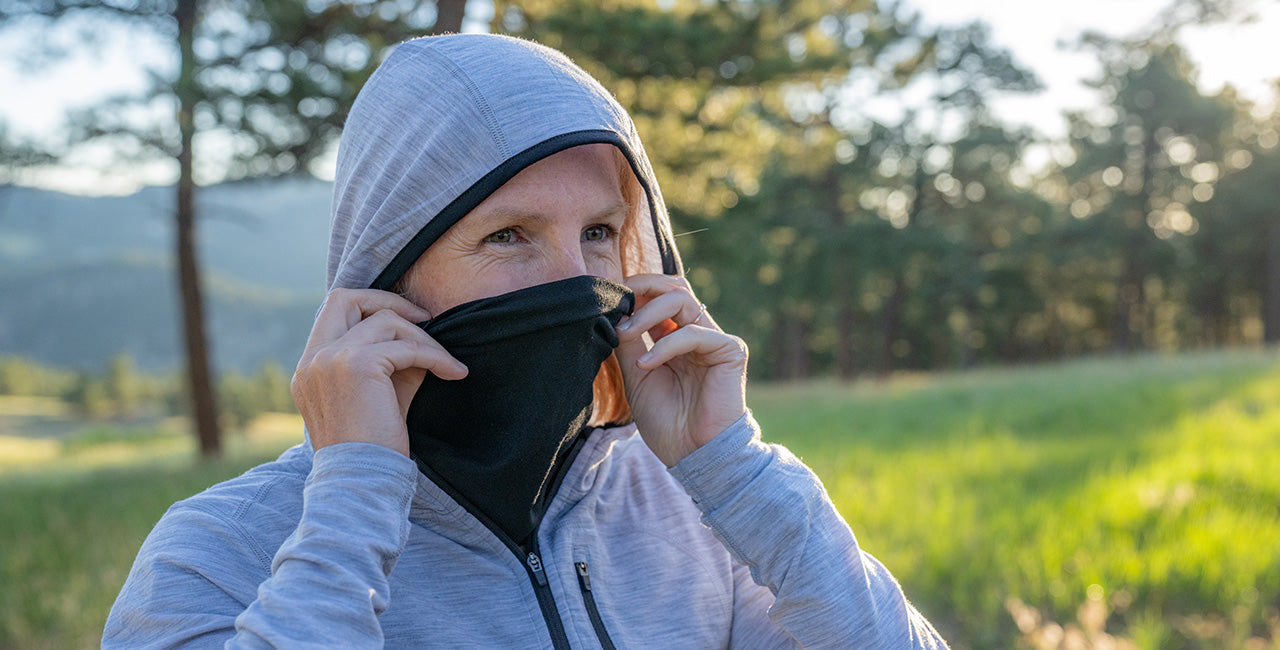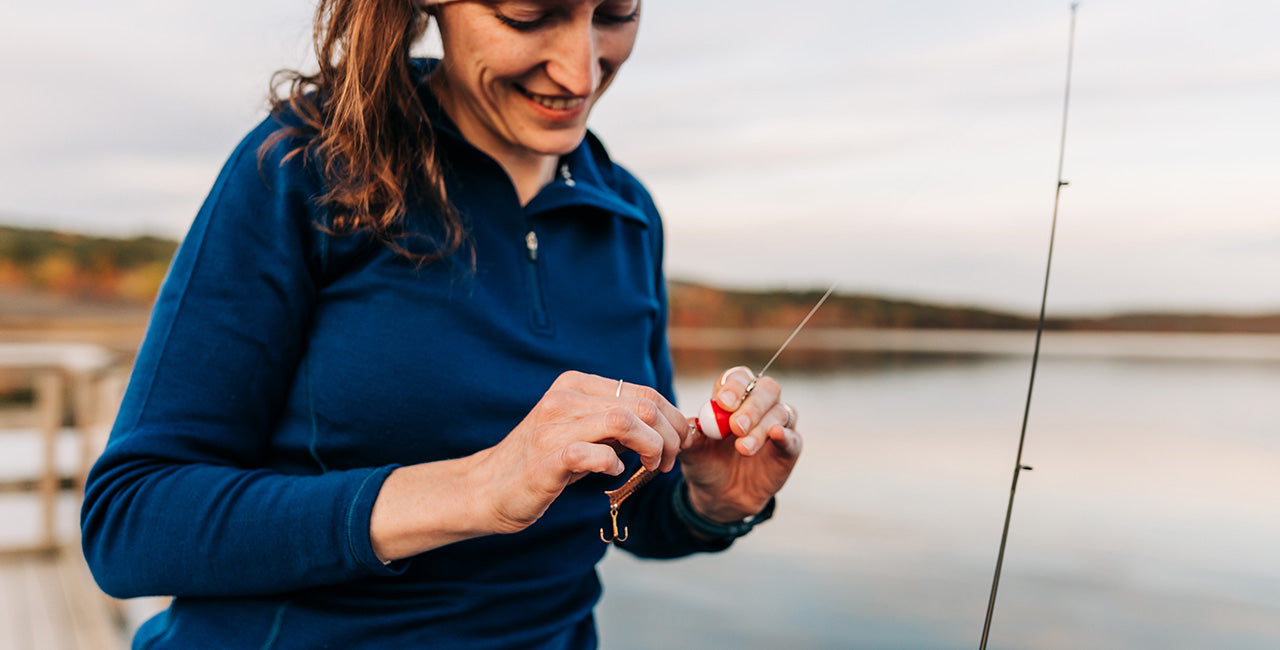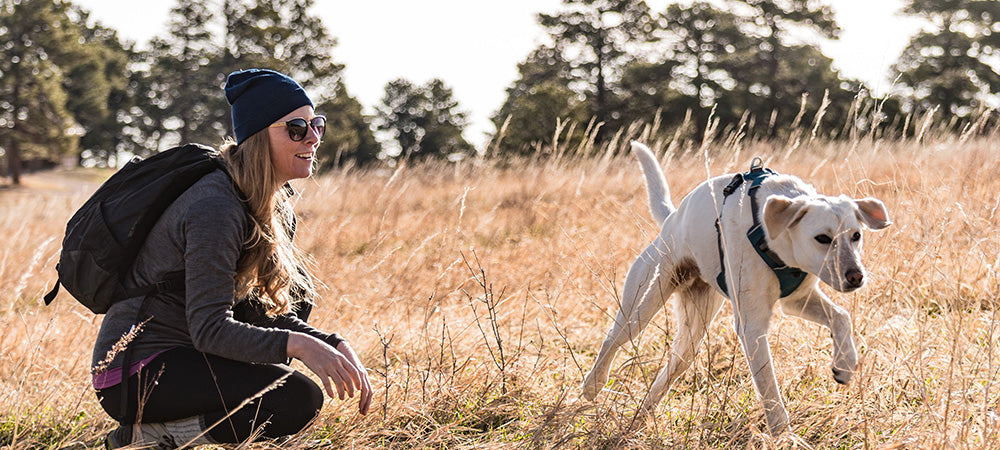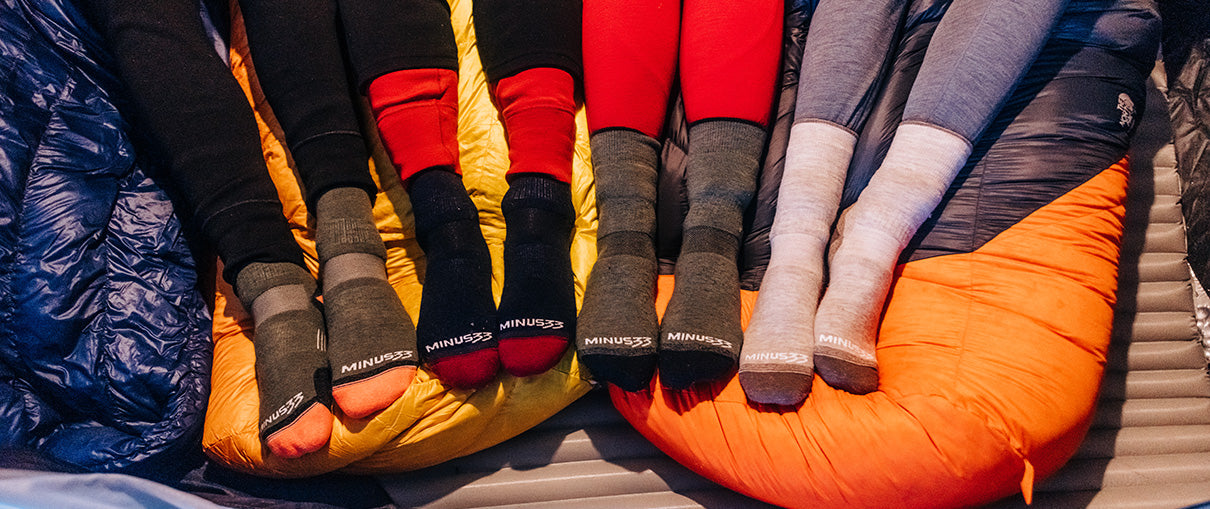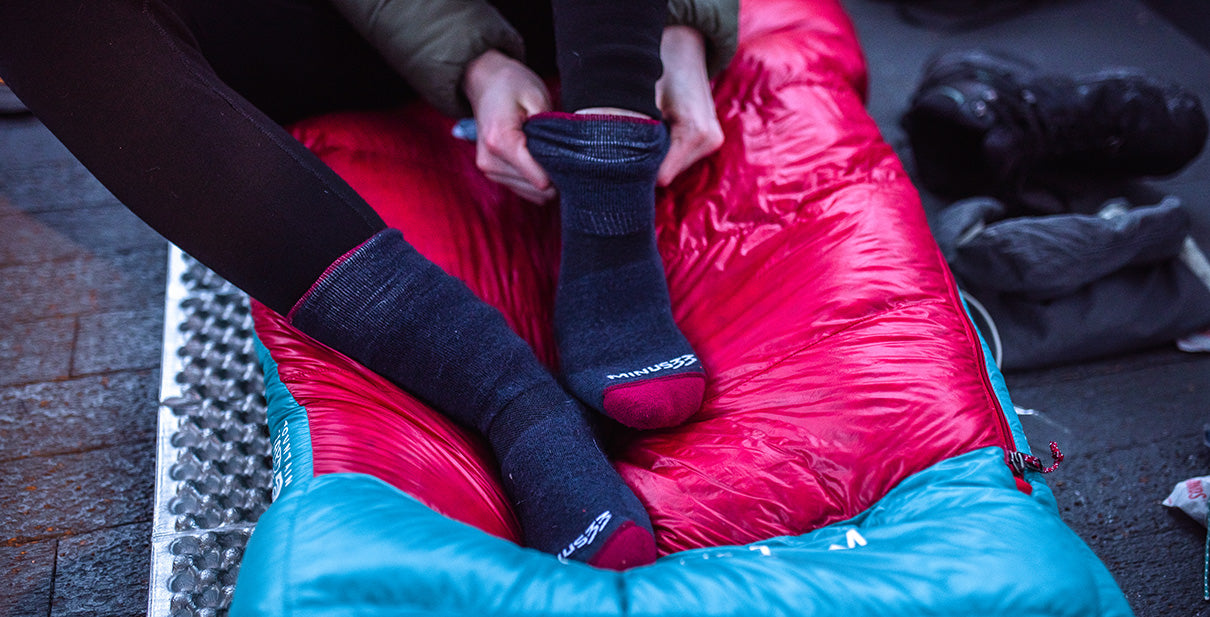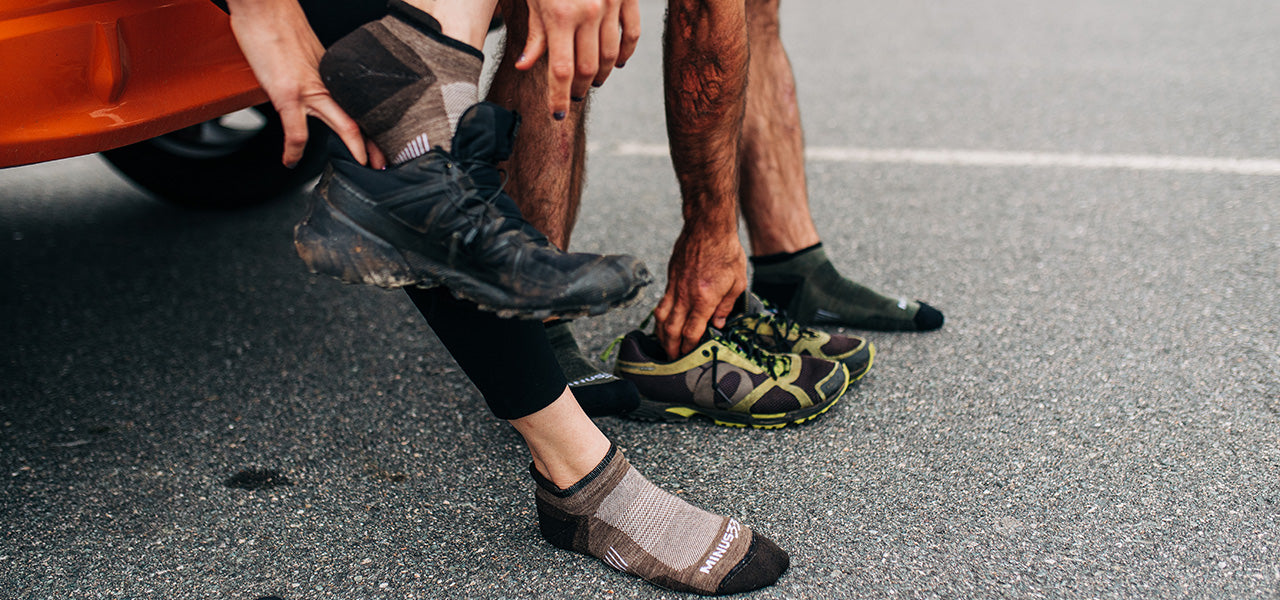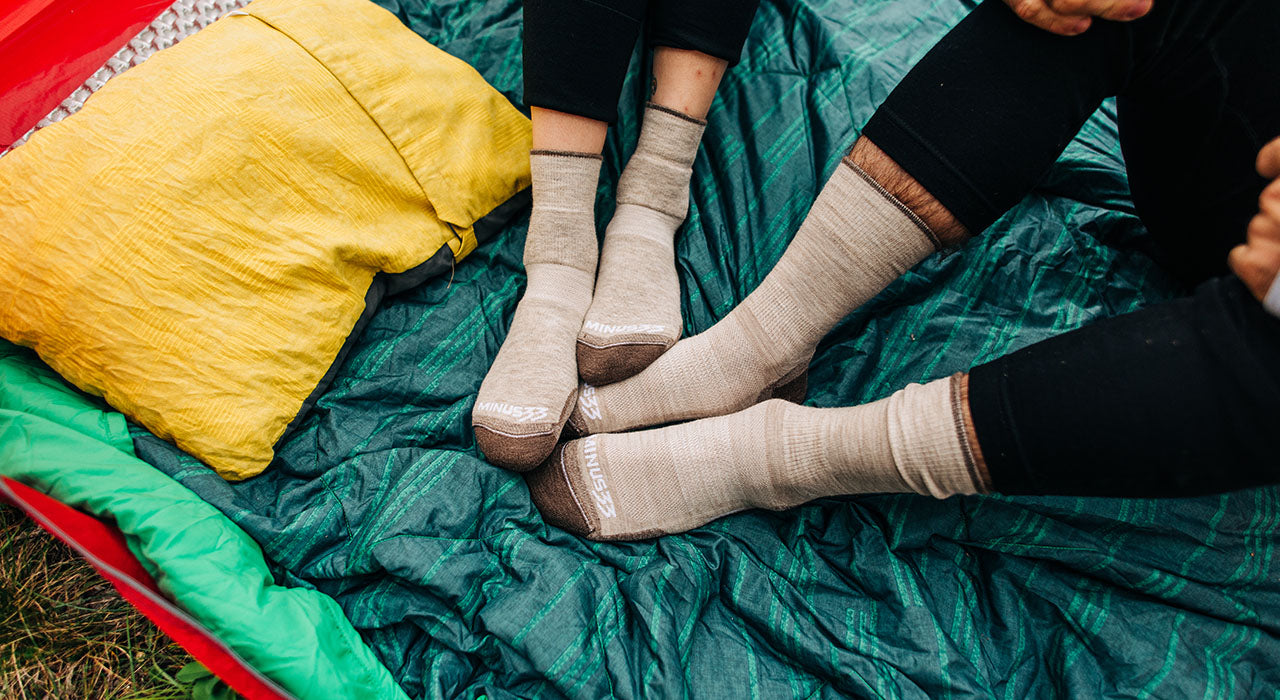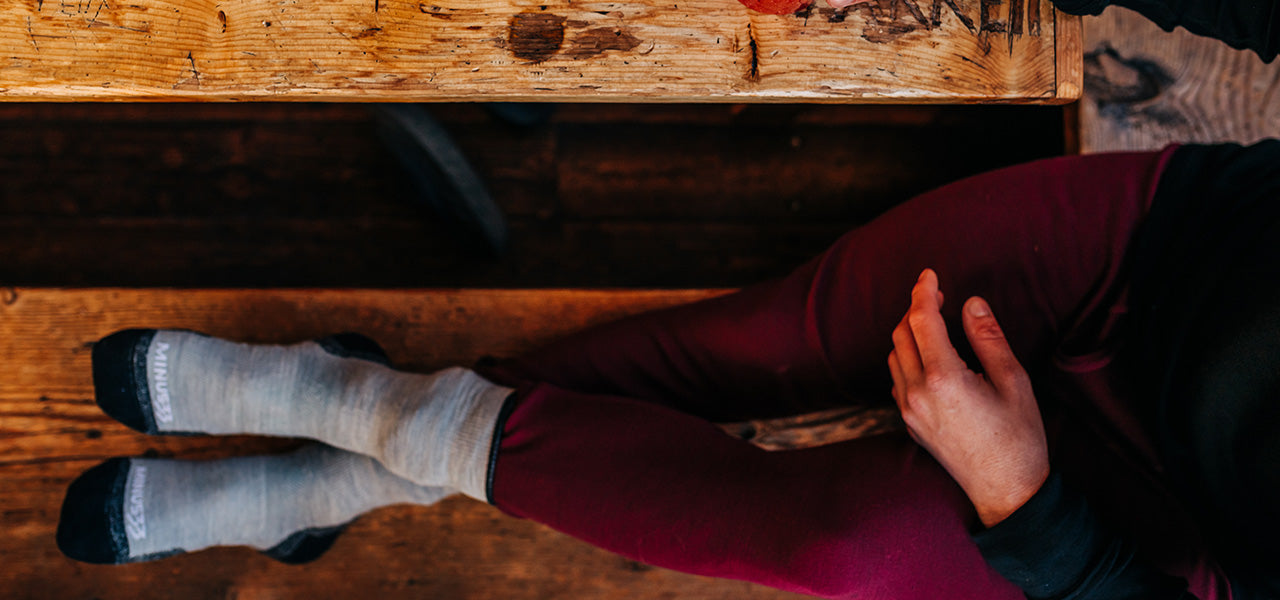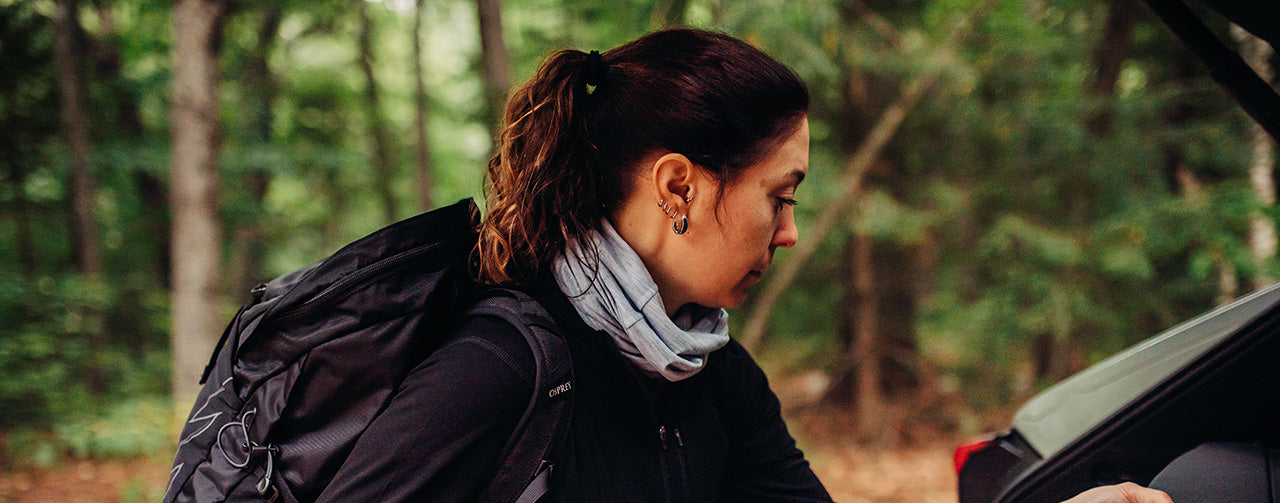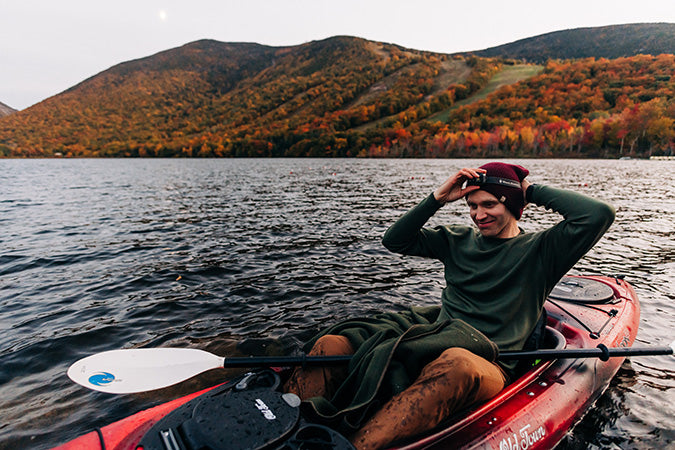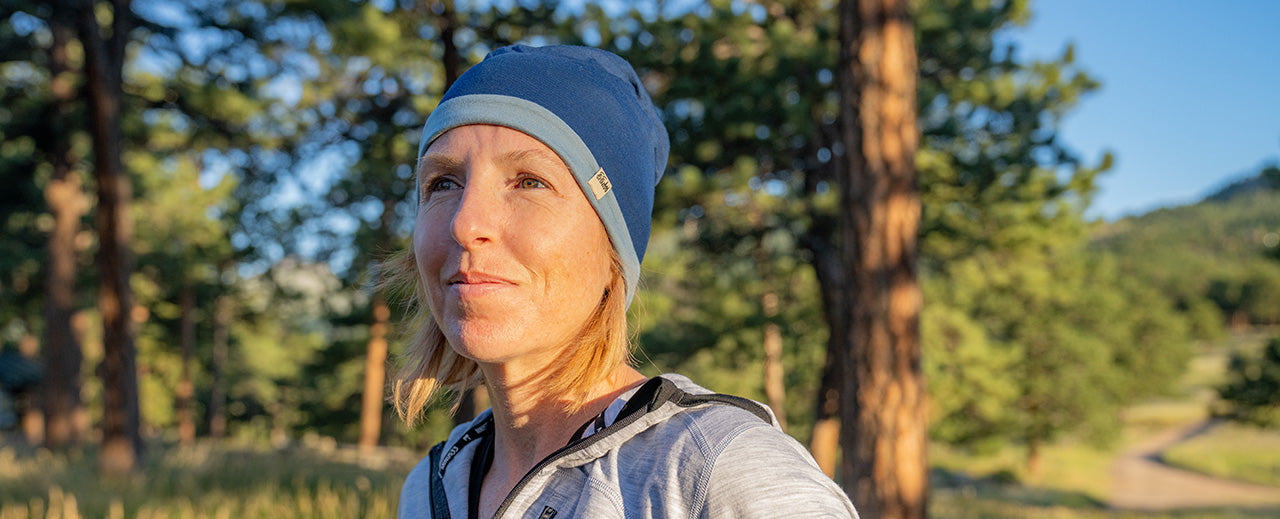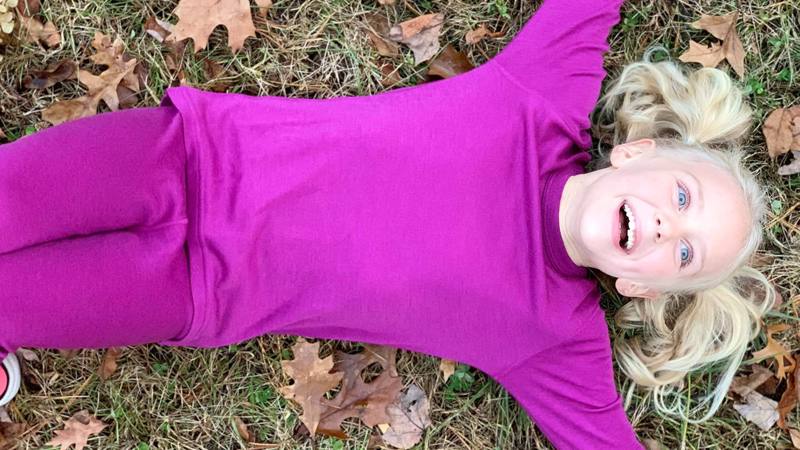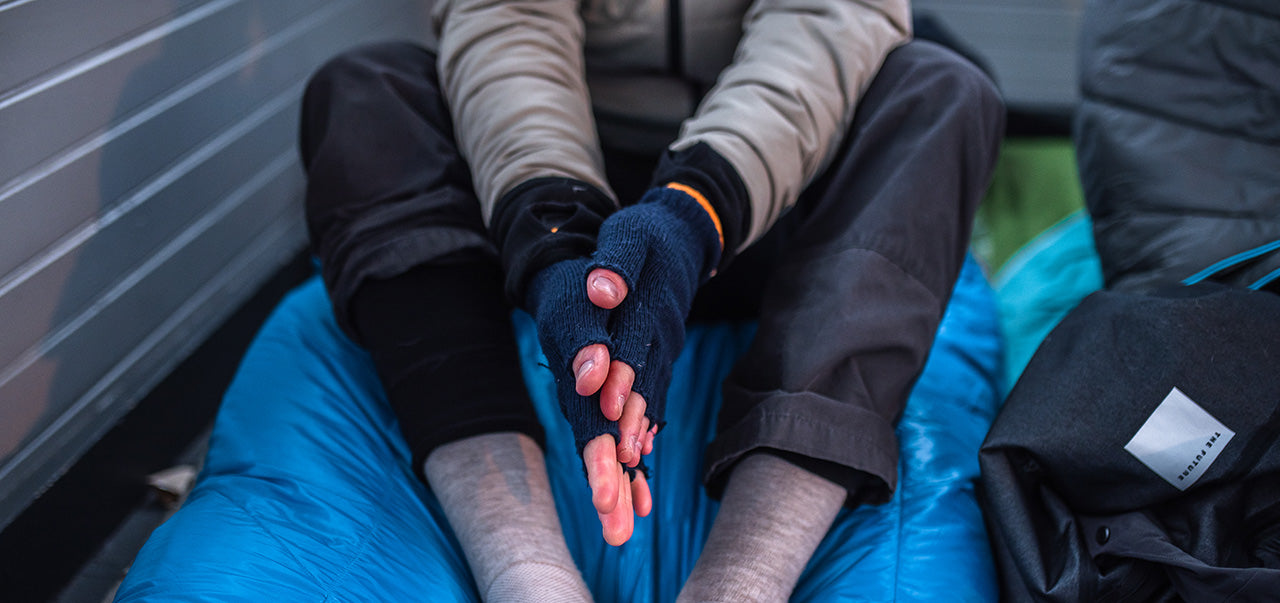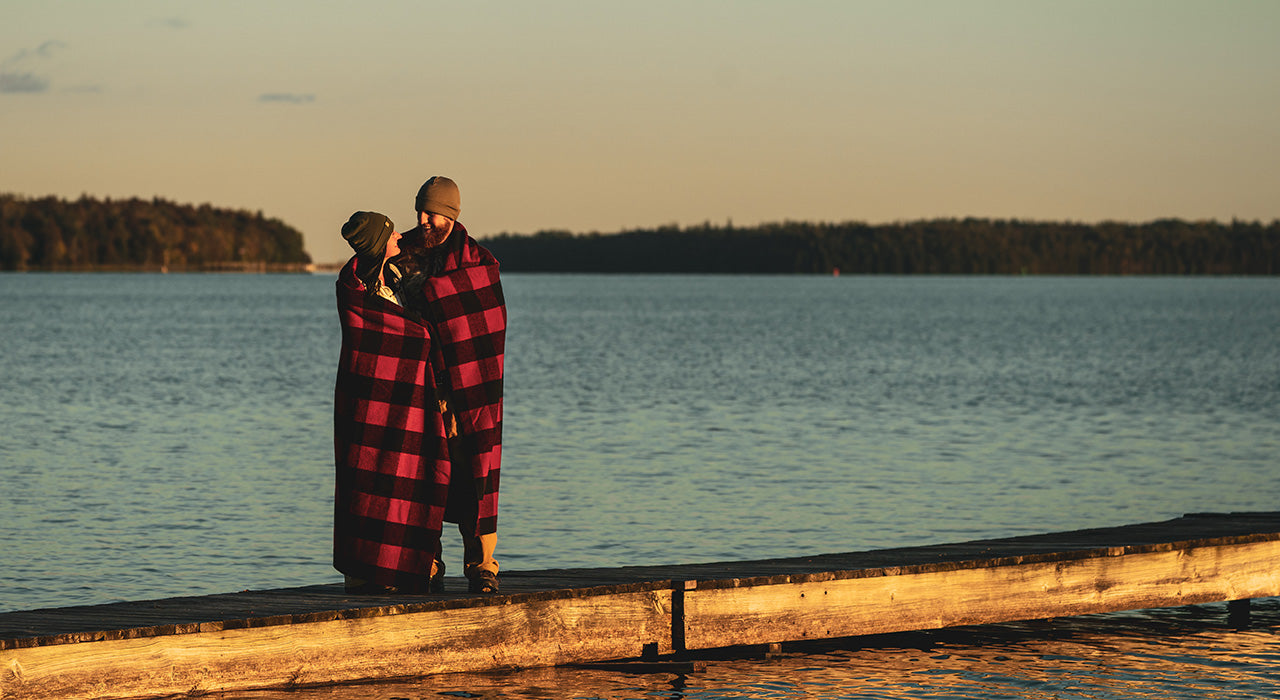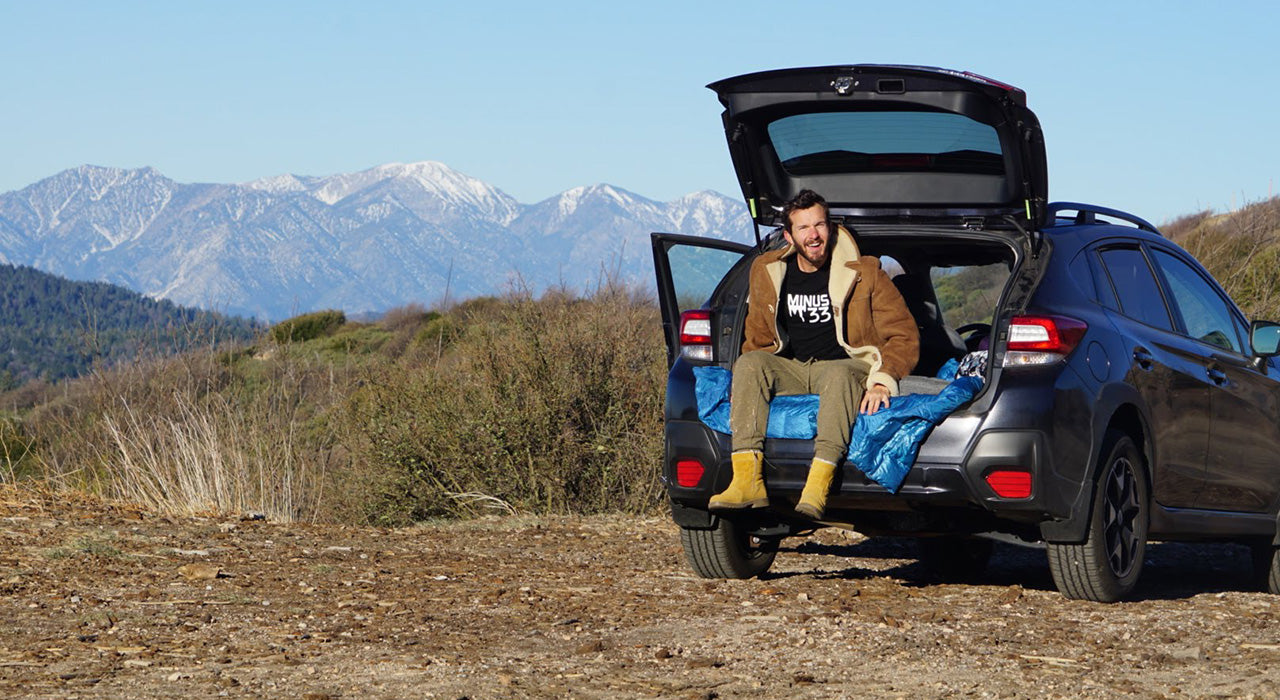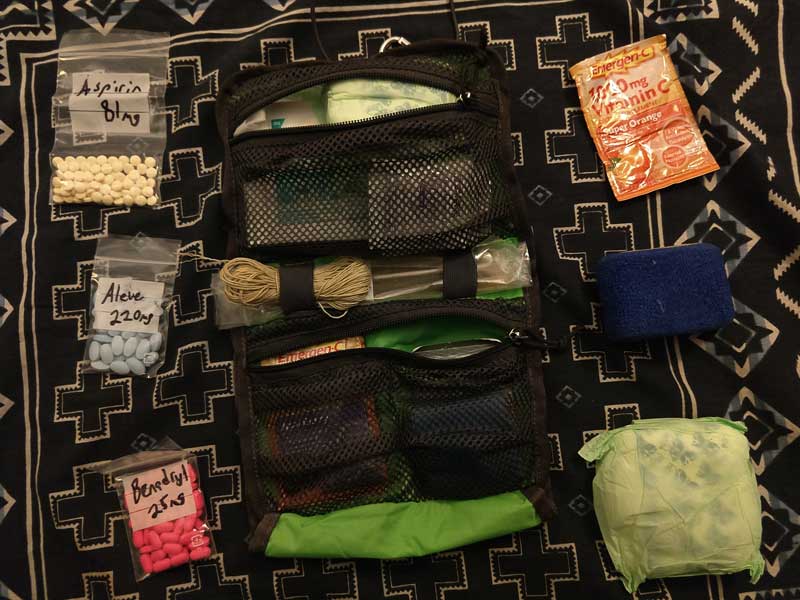Disclaimer: Never administer care outside of your scope of practice when it comes to emergency first responding. Offer help where you can, phone 911, and seek leadership from those who have the experience and the certifications.
By Stephen Jabaut
The things I keep in my first aid kit are incredibly common and can make the difference when an emergency occurs in the day to day. I recently took a Wilderness First Responder course up in the Sierra Nevada wilderness and want to share some of the information I learned with you. The W.F.R. (pronounced “woofer”) offers an in depth look of emergency situations that can arise in the wild and what to do when they occur. While some things can only be done by certified responders: (performing CPR, clearings the spine, administering epinephrine, applying tourniquets, replacing dislocations) there are some things that can fall within everyone's ability and can be useful just about anywhere in the world, especially on the trails where medical care can be farther away.
Now before I go further, I must disclaim that consent from the victim is a must. So, if you do not have permission to help someone, do not help them ever. If they lose consciousness and you are not certified, they are most likely beyond your scope to be able to help, and you could expose yourself to lawsuits by taking things into your own hands. If something serious happens, It is important you find someone who has first responder certifications and let them lead, and if possible call 911. The only things that will be discussed in this article are some useful things to carry that could save a life. If you do encounter these situations, allow the victim to self-administer as much as possible and keep yourself protected first. You don’t want to put yourself in harm’s way. Please be cautious and be aware of your surroundings. And if you are the victim, then you are free to help yourself!

These are all over the counter items that may make a real difference:
Aspirin - If you or a person in your group is having a heart attack (in men: shooting pain in left arm often coupled with chest pain) (in women: less consistent symptoms but is sometimes experienced as lower back pain and upper abdominal pain), Aspirin is a good agent that stops blood from clotting and can save a life in circumstances like a heart-attack. Generally, chew-able baby aspirin is a safe bet, and adults can have up to four at a time. Be sure to speak to the person before administering though because if they have a pre-existing condition or allergy, Aspirin could make the situation worse.
Benadryl - These are good for basic allergic reactions (poison oak, bee stings) and have some efficacy in helping with more severe reactions. Often severe allergic reactions can cause anaphylaxis and if the swelling in the throat blocks the airway, the person suffering the attack could suffocate and die. Benadryl has the ability to slow the inflammation process but know it will not be enough; they will need the epipen. When it comes to administering the epipen, always make the victim administer their own epipen injection (unless you are certified to do so).
Ibuprofen, Aleve, or Acetaminophen - It is very important that you keep hydrated and that you are not under the influence of alcohol as taking non-steroidal anti-inflammatory drugs can cause liver and kidney problems if misused. However, they can be useful to reduce the pain and swelling of common bumps, bruises, and sprains you might have on hikes and in the outdoors.
Honey Sticks or Candy - If there is a diabetic in your group and they are going hypo (they will know and tell you), a little sugar is all you need to prevent them from going into a coma or worse. Offer them what you have.
Emergen-C with water is a great way to help someone who may be suffering from heat stroke or dehydration sickness. Gatorade and other sports drinks can also be very useful. That is because It is important that the victim be given electrolytes in addition to water to keep their system balanced as they return to health.
MaxiPads - These are kept in sterile packaging, similar to gauze, and were literally invented to absorb blood. They have the advantage of being sticky to help adhere to surfaces as well. If someone is cut and bleeding, use Antiseptic Wipes and Antibiotic Ointment to prevent infection, and then apply your Maxi-pad. Cover your pad with an Ace Bandage and the victim will have a sterile way to put pressure on their open wound and begin the clotting process.
Bandanas can also play a variety of roles in helping someone who is in need of assistance. When wet, they can be kept around the neck of a person who is experiencing heat exhaustion to cool them off, and when dry they can serve as an extra layer of warmth. You'd be surprised how much warmth a bit of fabric around the neck can supply. Bandanas can also act as pressure bandages for more serious wounds. They can be used to support limbs, and tie up splints. They are quite simply a swiss-army knife of the fabric world.
The other items I keep in my kit are mostly to keep me protected from the victims. Gloves and Face-mask can both come in handy.
But honestly, the most important thing I learned in this WFR course is to keep the victim calm and to help them breathe. Take your hand in their hand, look them in the eye, and breathe with them. That is almost always the best thing you can do.
This article has barely scratched the surface of the world of First Responding, It only expresses things that you might carry with you "just in case". Other good things to have on your person include ice and heat packs for temperature regulation, magnesium for muscle cramps, and tegaderm* and quick-clot for closing big wounds. Although, you might not carry these particular items in everyday situations. The list of bolded items above is something I would recommend keeping on you at all times. Reading this article does not give you license to help anyone that doesn’t want it, or administer care outside of your scope.
If you are interested in learning more about what you can do to be a better asset on the trails and in public spaces in regards to the preservation of human life. I would start with an American Red Cross CPR and First Aid course, and go from there.
